12 Tried-and-True Methods to Increase Rose Blooms
Growing more rose blooms can make any garden look beautiful and lively. With the right care, your roses can produce more flowers throughout the season. Small changes in how you tend to your roses can have a big effect on their bloom. Understanding what roses need helps you get the best results. We will share practical strategies to help your roses bloom more abundantly.
This post may contain affiliate links, which helps keep this content free. Please read our disclosure for more info.
Select the Ideal Location for Planting

Choosing the right spot for your roses is important for their growth and bloom. Roses need plenty of sunlight, ideally at least six hours each day. A location with good air circulation helps prevent disease and keeps the plants healthy. Avoid areas where water tends to pool, as this can damage roots.
Planting roses in well-drained soil improves their chances of producing more flowers. Make sure the spot is sheltered from strong winds that can harm buds. Taking time to pick the best location will pay off with stronger, more vibrant blooms. Healthy roses start with a good foundation.
Improve Soil Health with Alfalfa
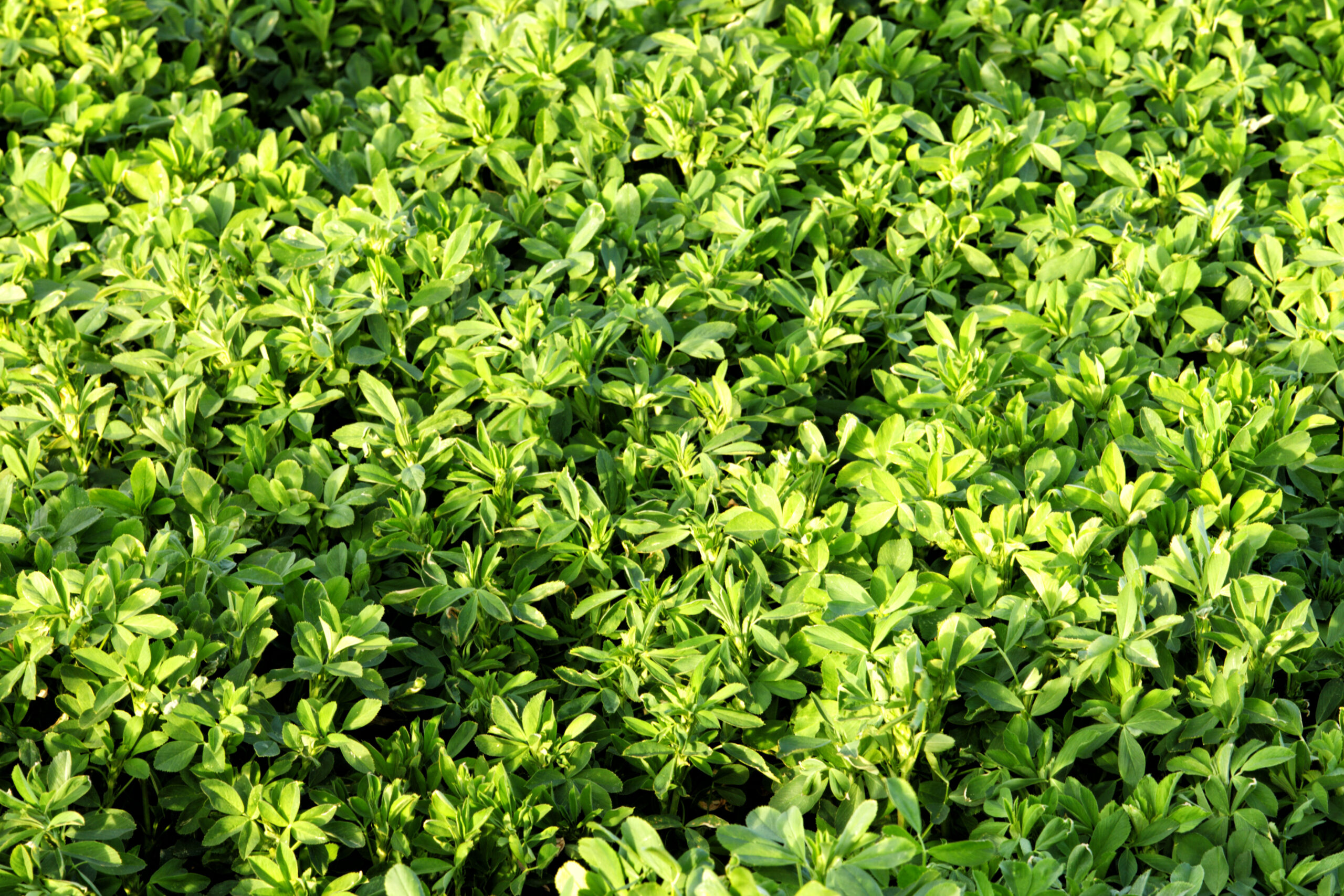
Adding alfalfa to your rose bed enriches the soil with nutrients like nitrogen and trace minerals. It also helps improve soil structure, allowing roots to grow deeper. Alfalfa contains natural growth stimulants that encourage healthier, more vigorous plants. Using alfalfa regularly supports sustained blooming throughout the season.
Alfalfa can be applied as pellets or used as mulch around the base of roses. This organic option provides slow-release nutrients that feed roses over time. Incorporating alfalfa into your care routine helps create a fertile environment for strong blooms. It is an easy and natural way to improve soil quality.
Enrich Soil Using Coffee Grounds
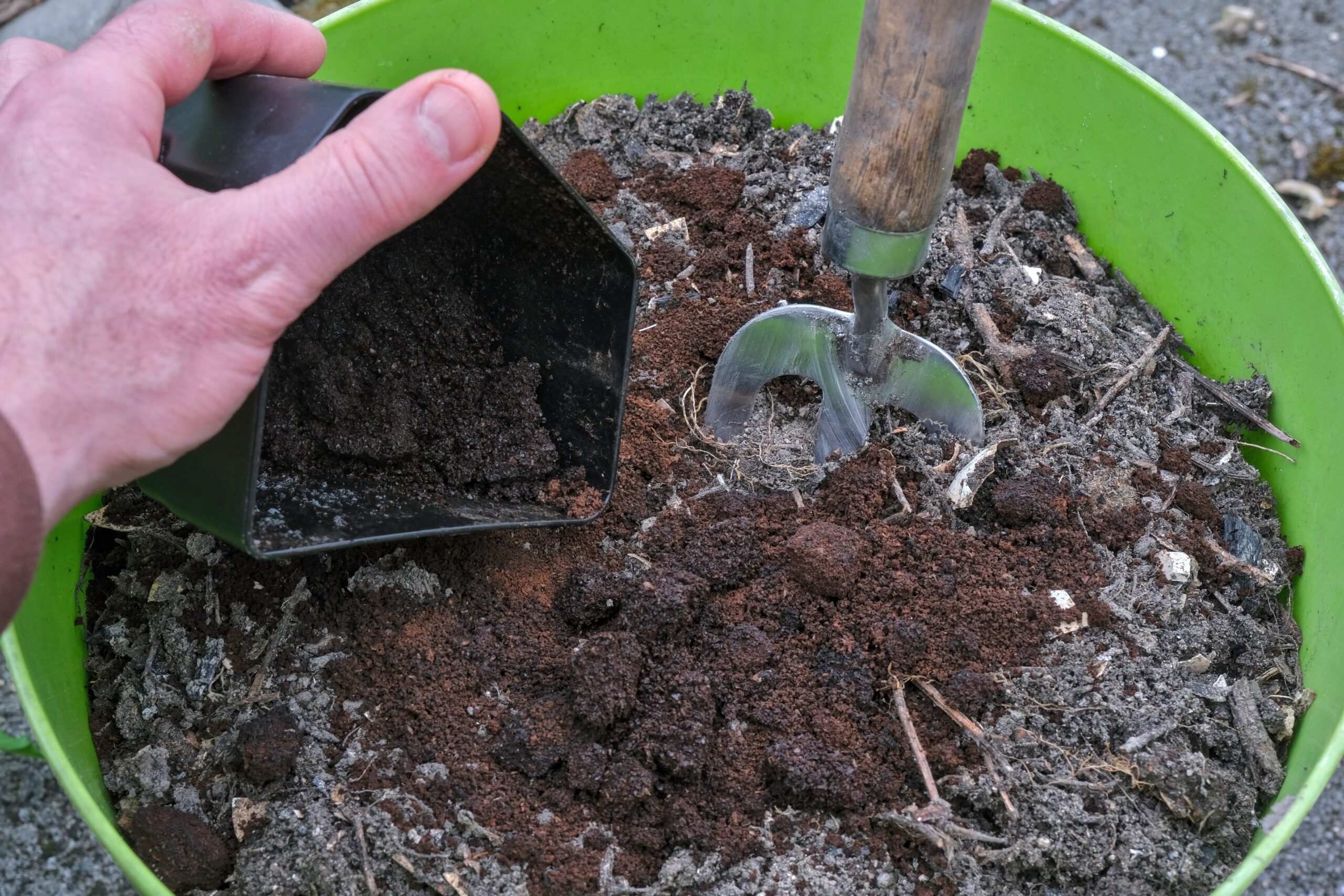
Coffee grounds are a useful addition to rose soil because they add organic matter and help improve drainage. They contain small amounts of nitrogen, which roses need to grow healthy leaves and blooms. Coffee grounds also encourage beneficial microorganisms that support soil health. Mixing grounds into the soil helps create a nutrient-rich environment for roses.
Avoid using large amounts at once to prevent soil acidity from rising too high. Use coffee grounds sparingly as part of a balanced feeding plan. This natural ingredient is easy to find and adds value to your rose care. Adding coffee grounds promotes healthier, more abundant flowers.
Increase Rose Blooms Using Banana Peels
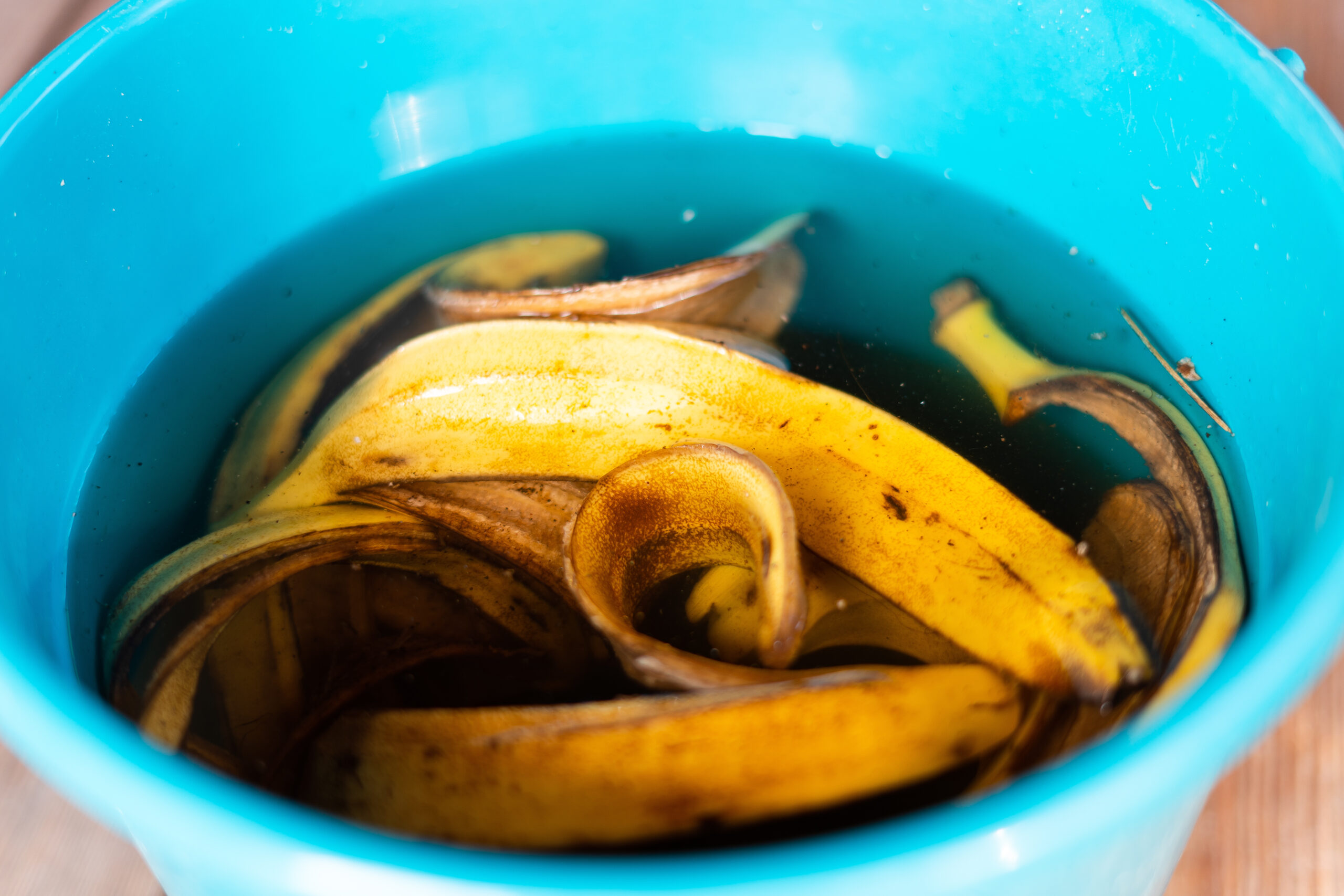
Banana peels provide potassium and phosphorus, two key nutrients for flower development. Placing chopped peels in the soil near roses helps nourish the roots. These nutrients support stronger stems and more vibrant blooms. Banana peels also release nutrients slowly, giving roses steady nourishment.
You can bury small pieces around your rose plants or make a liquid fertilizer by soaking peels in water. This method is simple and eco-friendly. Using banana peels is a cost-effective way to encourage more blossoms. It is a natural boost that roses respond well to.
Strengthen Roses with Eggshells

Eggshells add calcium to the soil, which is essential for cell growth and overall plant strength. Crushed shells improve soil aeration and drainage while slowly releasing nutrients. Stronger plants are better able to produce abundant flowers. This is an easy way to reuse kitchen waste in your garden.
Before adding eggshells, rinse and dry them to avoid attracting pests. Grind them into small pieces or powder to help the nutrients release faster. Adding eggshells regularly supports healthy root development. This natural supplement helps keep your roses growing strong.
Provide Regular Feeding for Your Roses
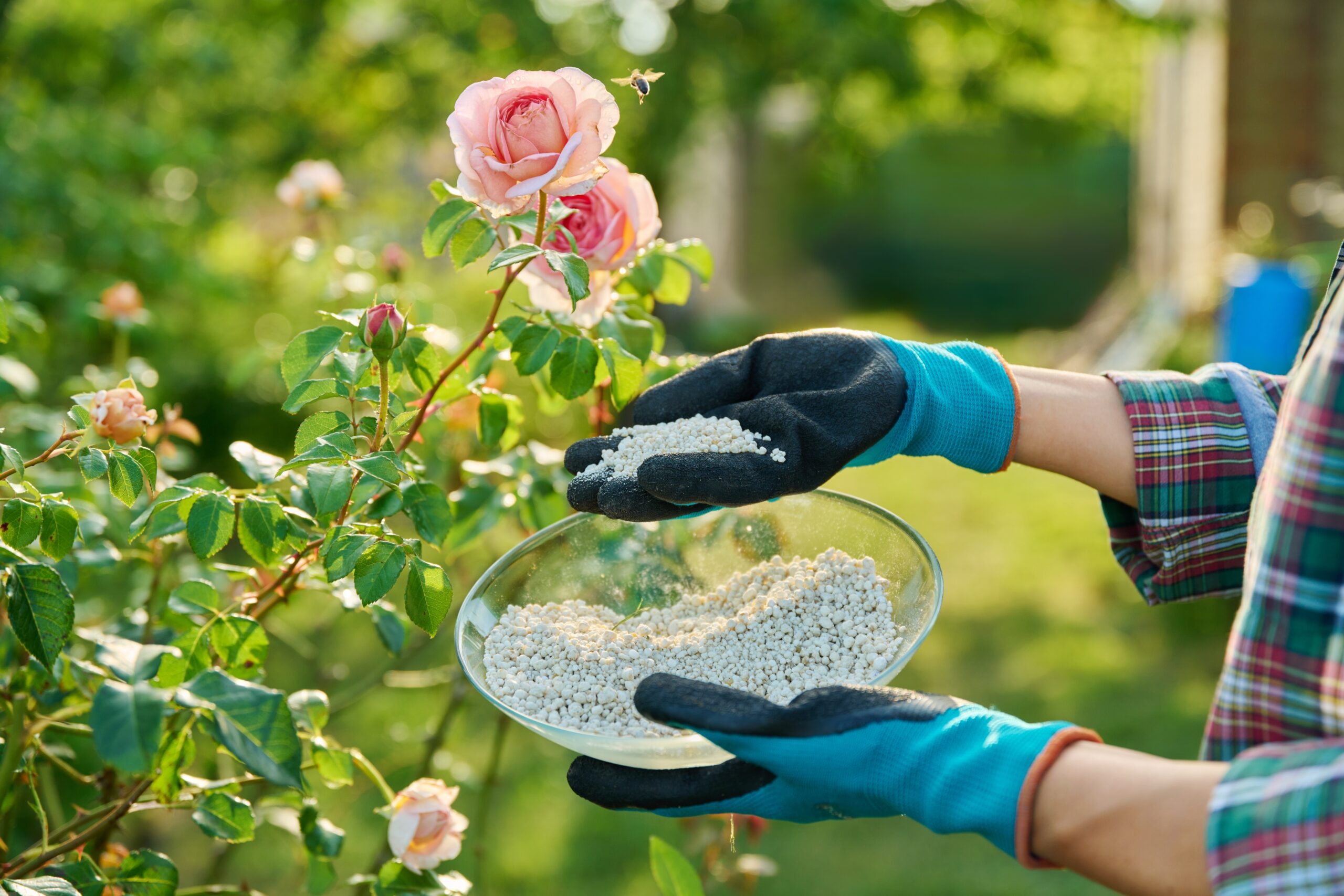
Feeding roses with balanced fertilizers gives them the nutrients they need to bloom well. Roses require nitrogen, phosphorus, and potassium in varying amounts for leaves, roots, and flowers. Regular feeding during the growing season supports continuous bloom production. Use slow-release or liquid fertilizers for steady nutrient supply.
Follow the instructions on fertilizer packaging to avoid overfeeding, which can harm plants. Feeding encourages healthier foliage and larger, more colorful flowers. Pair feeding with other care practices for best results. Consistent nutrition helps roses thrive season after season.
Water Roses Deeply and Consistently
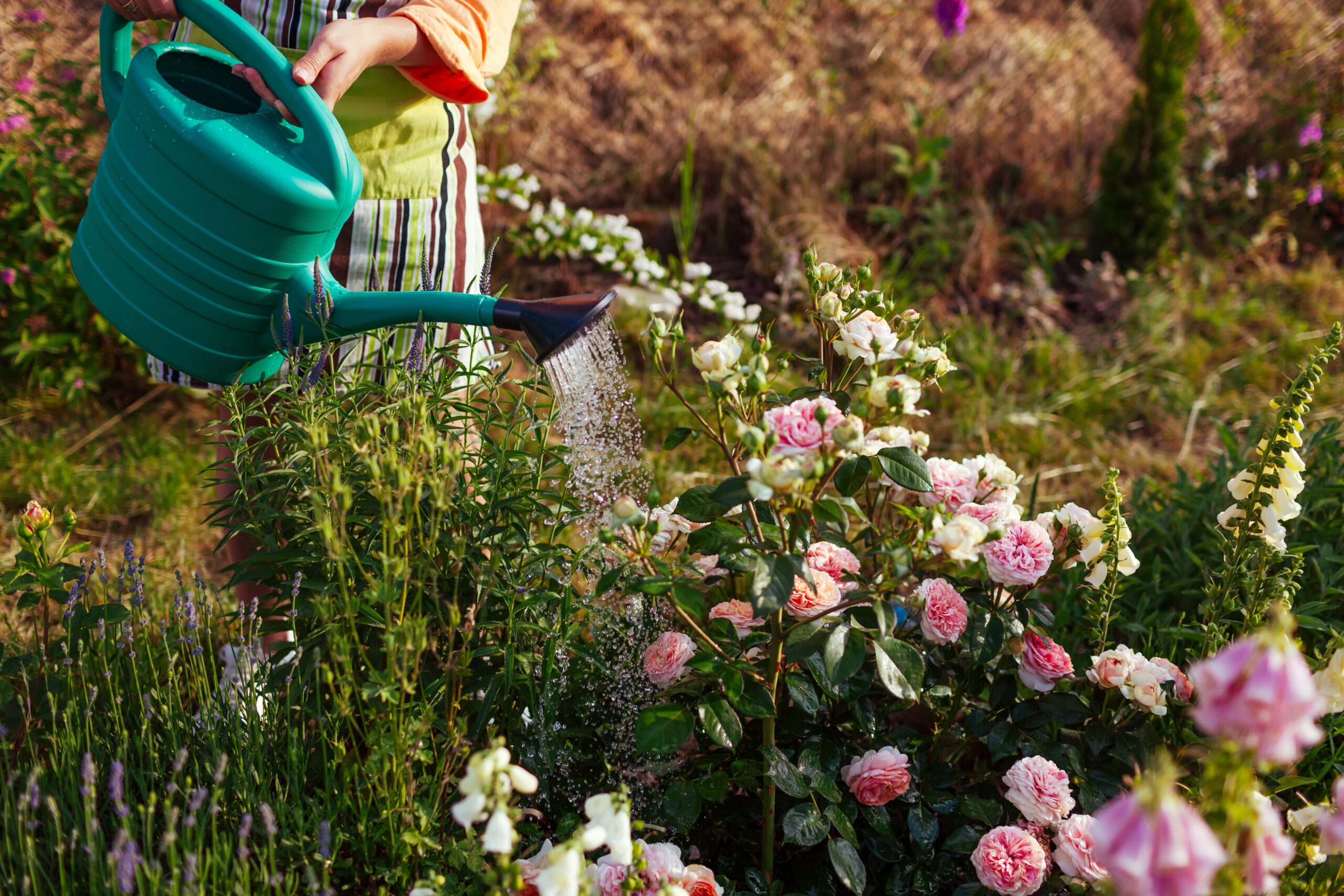
Deep watering encourages rose roots to grow strong and reach further into the soil. Consistent moisture helps prevent stress that can reduce blooming. It is best to water at the base to keep leaves dry and reduce disease risk. Watering early in the day allows plants to absorb moisture fully.
Avoid shallow, frequent watering, which can cause weak roots. Roses generally need about an inch of water per week, but this depends on climate and soil type. Adjust your watering schedule during hot or dry periods. Proper hydration supports healthy growth and more flowers.
Use Mulch to Promote Plant Health
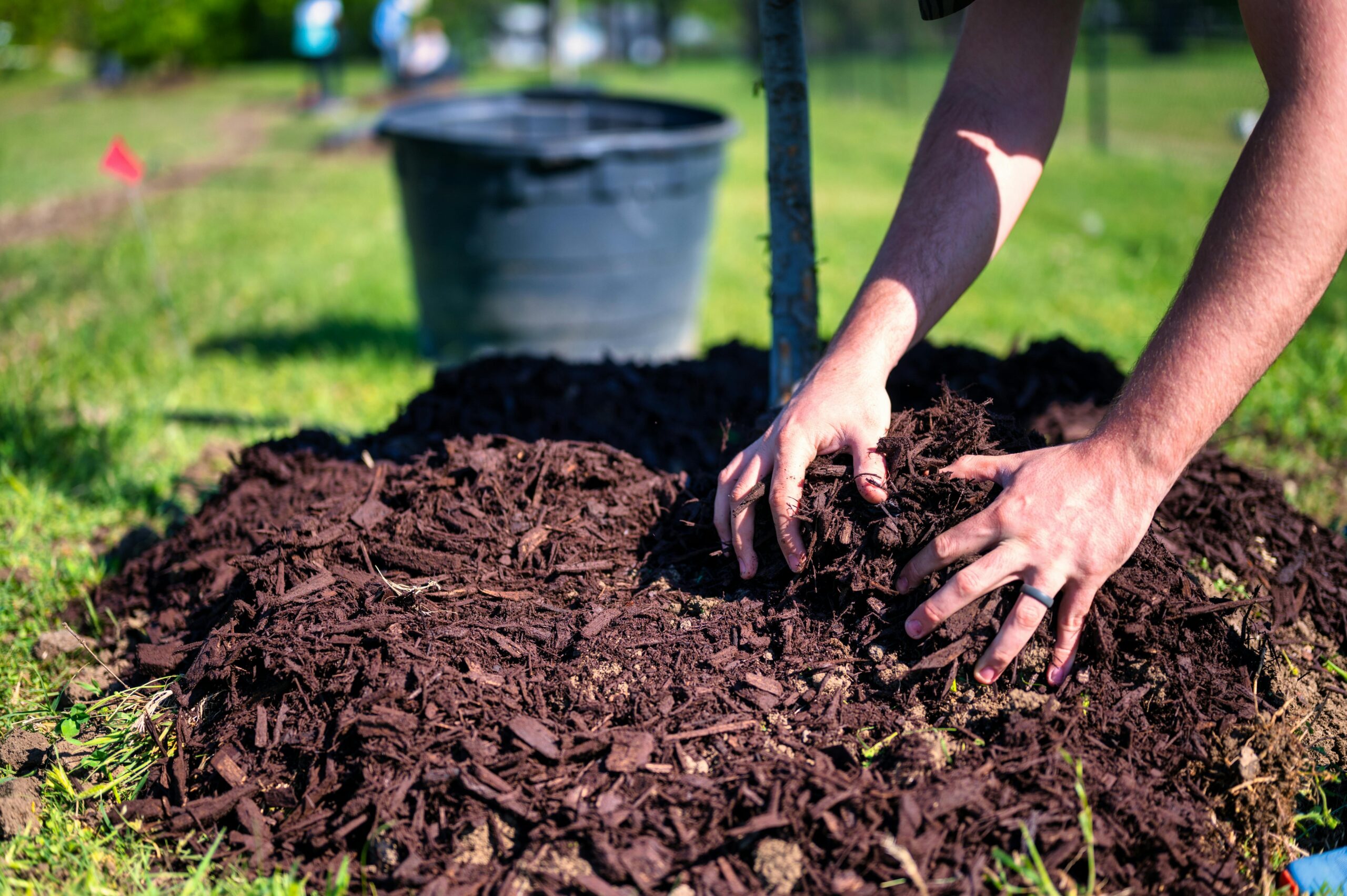
Mulch helps retain soil moisture, reducing the need for frequent watering. It also controls weeds that compete with roses for nutrients. Organic mulch breaks down over time, adding nutrients to the soil. Mulching keeps the root zone cooler during hot weather, which benefits plant health.
Apply a layer of mulch around the base of your roses, avoiding direct contact with stems. This protects roots and encourages steady growth. Mulching is a simple step that improves growing conditions. Healthy roots lead to better blooms.
Prune Roses to Encourage Growth
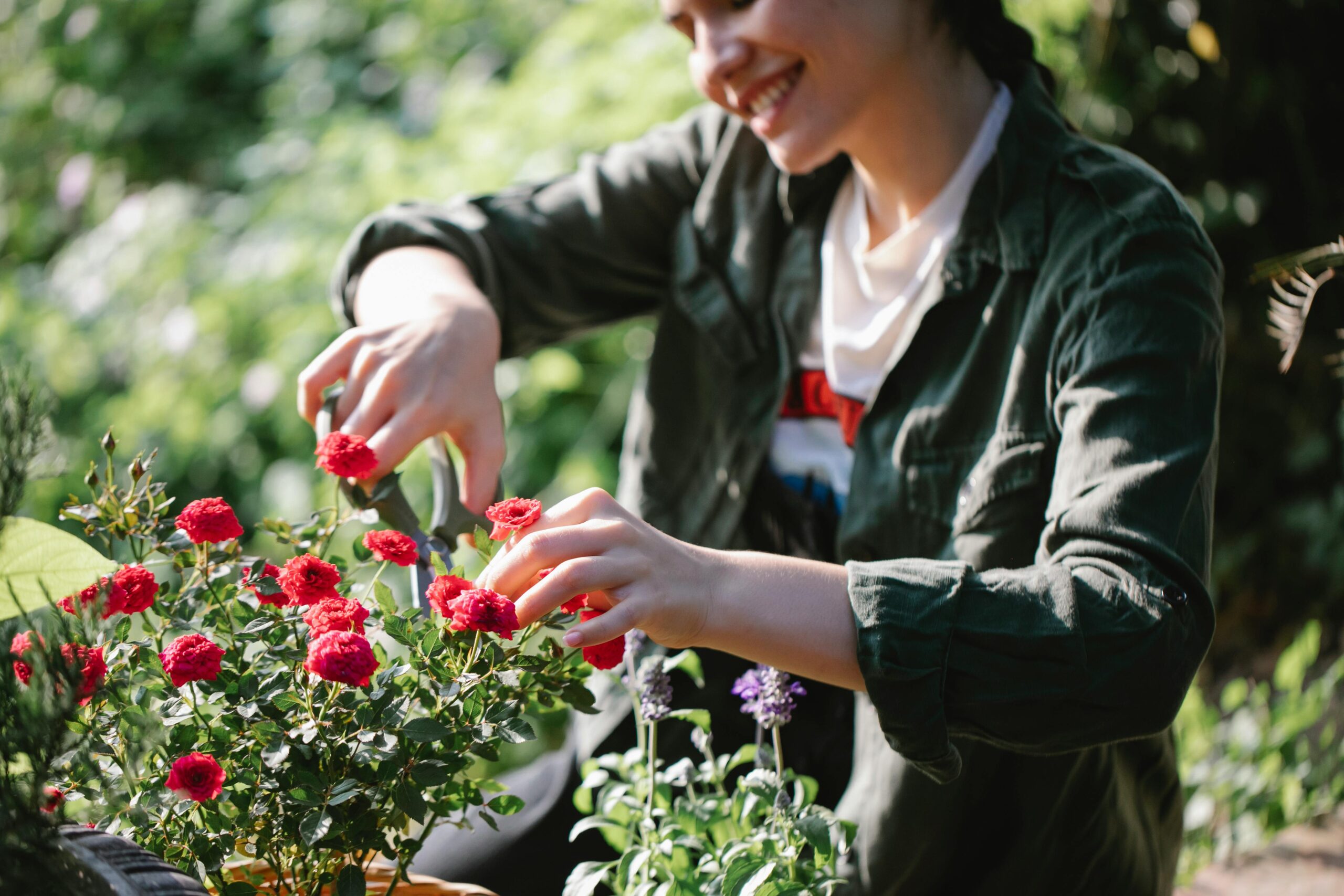
Pruning removes dead or weak stems and helps roses focus energy on producing flowers. It improves air circulation, which reduces the risk of disease. Regular pruning shapes the plant and encourages new growth that will bloom. Knowing when and how to prune ensures strong, healthy roses.
Cut just above an outward-facing bud to direct growth away from the center. Remove any crossing or crowded branches to open the plant. Use clean, sharp tools to make precise cuts. Proper pruning leads to more abundant and longer-lasting blooms.
Check Often for Pests and Diseases
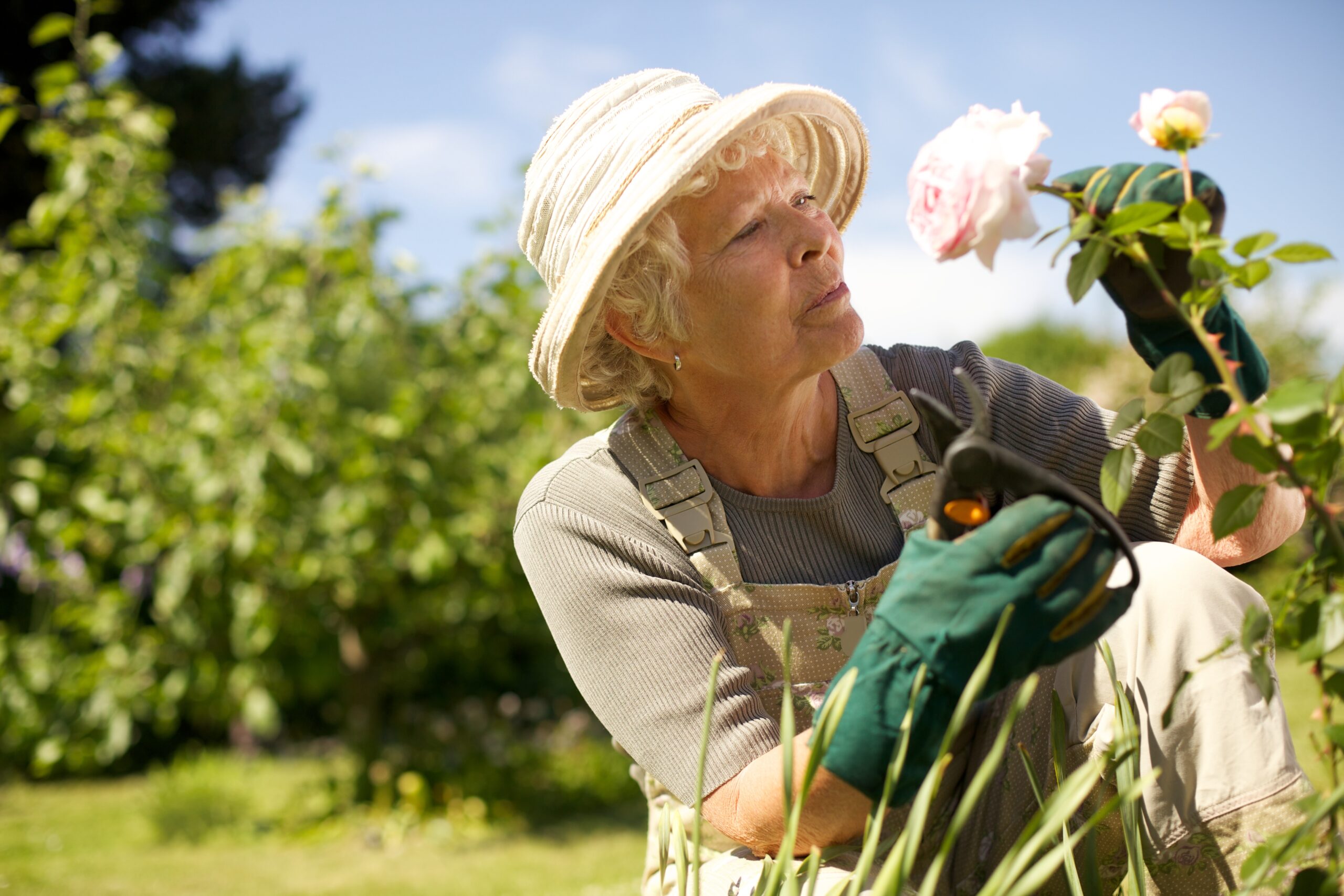
Inspecting roses regularly helps catch problems before they spread. Pests like aphids or spider mites can weaken plants and reduce flowers. Early detection allows for targeted treatment that protects blooms. Look for spots, discoloration, or damaged leaves as signs of disease.
Use natural methods like insecticidal soap or introduce beneficial insects when possible. Keeping roses healthy means they can produce more blooms. Regular monitoring is a key part of good rose care. A healthy plant rewards you with better flowers.
Pick Reblooming Rose Varieties
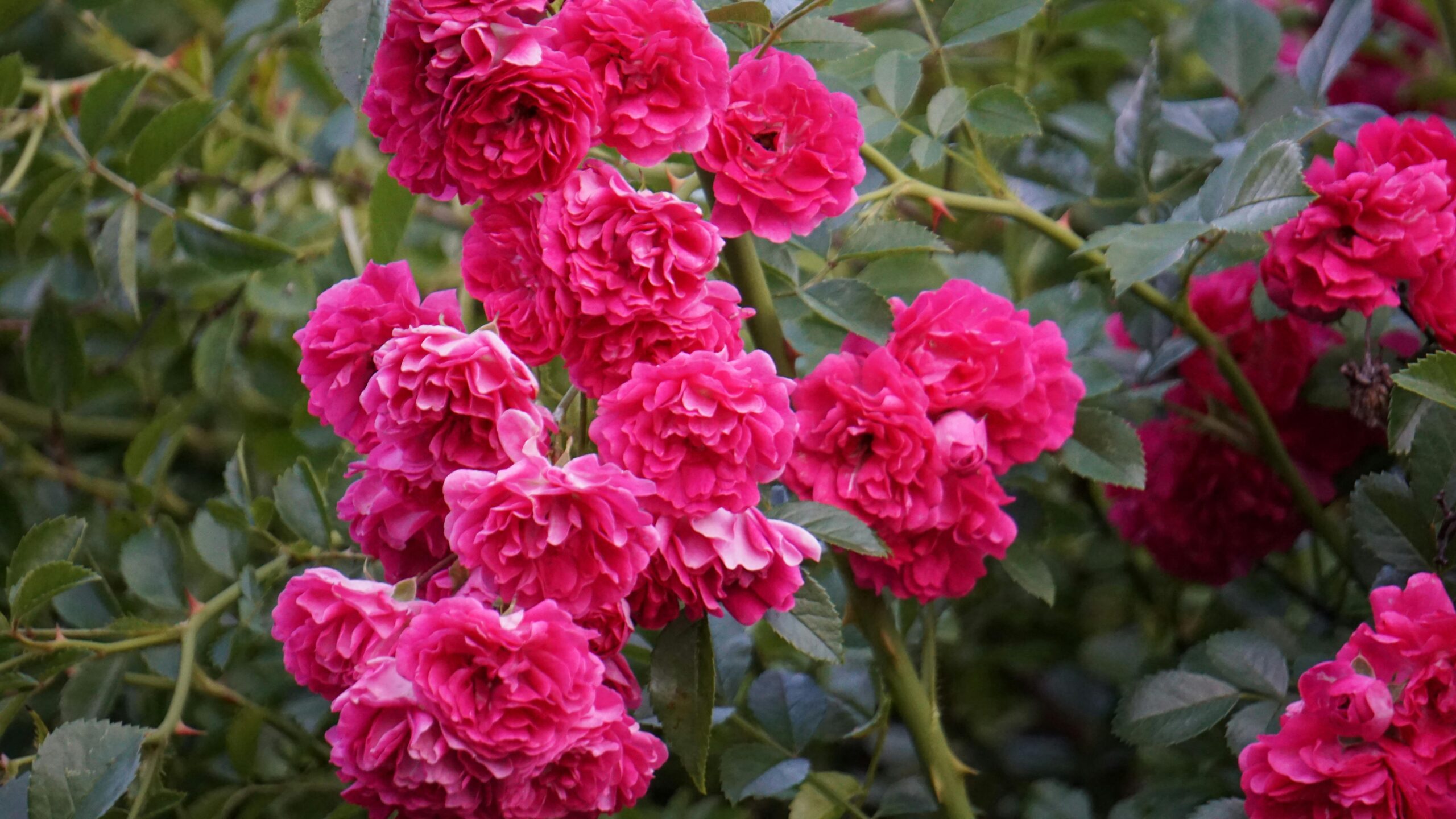
Choosing rose varieties that bloom multiple times in a season ensures more flowers over time. Reblooming roses, or remontant roses, produce new buds after the first flush of flowers. This means you get color and fragrance in your garden longer. Selecting these varieties fits well with efforts to increase blooms.
Ask your local nursery for reblooming types suited to your climate. Popular options include floribunda and hybrid teas. Planting reblooming roses gives you more chances to enjoy fresh flowers. This choice maximizes the visual impact of your rose garden.
Experiment with Music to Support Growth

Some gardeners find that playing music near plants encourages growth and health. Music vibrations may stimulate cell activity, leading to stronger stems and more blooms. Soft classical or instrumental music is often recommended for this purpose. While not proven scientifically, many gardeners enjoy this gentle method.
Try playing music for your roses for a few hours a day and observe any changes. This can create a pleasant environment for both you and your plants. Music may help reduce stress around the garden as well. It is a low-effort way to add positive energy to your rose care.
Applying these simple strategies will help your roses produce more beautiful blooms throughout the season. Consistent care and attention to their needs make a noticeable difference in flower growth. By choosing the right location and feeding your plants well, you create the best environment for healthy roses. With patience and dedication, your garden can become filled with vibrant, long-lasting blooms.
This article originally appeared on Avocadu.
